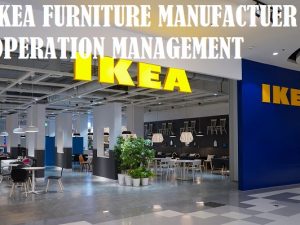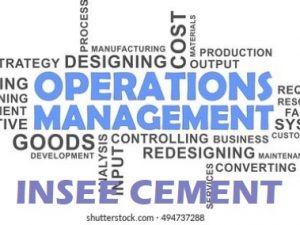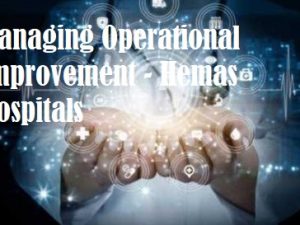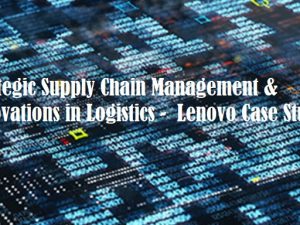| Table of Contents |
1.0 Introduction
2.0 Supplier relationships
3.0 Supply chain drivers
3.1 Facilities
3.2 Inventory
3.3 Transportation
3.4 Information
3.5 Sourcing
3.6 Pricing
4.0 Supply chain functions
4.1 Quality
4.2 Flexibility
4.3 Innovation and learning
4.4 Delivery
4.5 Cost
5.0 SWOT analysis
5.1 Strengths
5.2 Weaknesses
5.3 Opportunities
5.4 Threats
6.0 Supply chain strategy and corporate strategy
7.0 Conclusion
References
|
| Preview |
1.0 Introduction
Supply chain management (SCM) is one of main functions in current business environment. SCM is an integrated function that link main business activities and business processes within the origination and across the customers and suppliers (Slack and Lewis, 2015). SCM can be defined as an effective management of materials, finances and information within the process of providing outputs to the end customers. SCM mainly focus on logistic management and manufacturing operation (Russel and Taylor, 2014). However, in modern business world, SCM plays significant role in service sector too. This report extensively analyze the supply chain management processes of INSEE cements. INSEE cement is one of leading cement manufacturers in Sri Lanka. Currently, INSEE cement is the market leader of the in local construction sector by dominating in individual housing builders, infrastructure, industrial commercial and institutional areas. INSEE cement uses agile and lean supply chain practices to meet the dynamic market requirements. This report discusses strategies that INSEE cement uses to maintain supplier relationships and review its supply chain drivers. Further, this report explains how the company operates its supply chain functions including quality, cost, delivery, flexibility, innovation and learning. SWOT analysis for the supply chain functions of INSEE cement is conducted in this report and also discuss how the supply chain strategy is aligned to the organization’s corporate strategy.
1.0 Supplier relationships
Selecting right suppliers to obtain different materials, information and services is highly critical process of any organization. In manufacturing organization, materials which requires for manufacturing process plays relatively bigger role than other services. Main raw materials of cement manufacturing process are limestone, dolomite, laterite, iron ore, gypsum, fly ash, cement additives etc. further, there are many other inputs such as fuel and wrapping materials for packaging. The main supplier of INCEE cement is its mother company Siam city cement public company limited. Therefore, company obtain some main raw materials such as clinker and gypsum form the mother company. Further, company has its own limestone deposits in Puttalam. However, company obtain many different raw materials and services from different suppliers within the value chain of the company. Therefore company should have proper supplier selection process. Company maintains good corporation and mutual support with its suppliers to create better business opportunities and mutual growth for both parties.
There need to be continuous flow of sourcing for cement manufacturing process. Thus, company practice regular trading as a method of purchase. Companies which follow regular trading obtain particular item on regular basis and select a supplier which can satisfy the requirement to supply that item (Mark and Gregory, 2013). Further, company has fixed contracts with regular suppliers including terms and conditions. Partnership type between company and suppliers can be identified as co-operation since company maintain fewer suppliers with longer term contracts (Robbins, 2001). According to Cox diagram, supplier dependence is low since there are lots of alternative suppliers and available resources (Slack and Lewis, 2015). Company has ability to supply the most critical raw materials from its own capacity and its mother company. As a subsidiary of Siam city cement, INSEE cement has higher buyer dependency. Therefore, buyer is relatively powerful.
Main supplier appraisal criteria of INSEE cement are quality performance, availability, cost and delivery performance. Instead of that, other factors such as financial capabilities, management capabilities, technical capabilities and information system capabilities are also considered.
|





